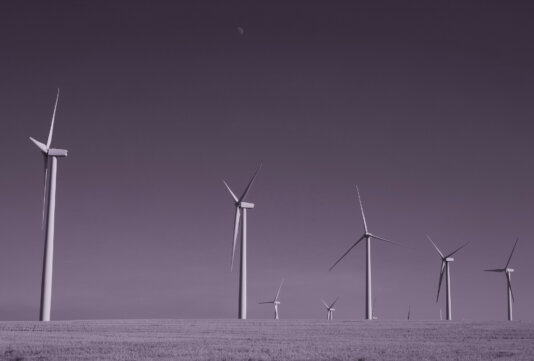- About
- Topics
- Picks
- Audio
- Story
- In-Depth
- Opinion
- News
- Donate
- Signup for our newsletterOur Editors' Best Picks.Send
Read, Debate: Engage.
| topic: | Sustainable Development |
|---|---|
| tags: | #renewable energy, #Germany, #cradle to cradle, #NGO, #sustainability |
| located: | Germany |
| by: | Nora Sophie Griefahn, Tim Janßen |
The fact that we humans will rely exclusively on renewable energy sources in the future is an integral aspect of Cradle to Cradle. Consequently, we are keeping a close eye on how the grand coalition in Germany is currently dealing with this issue.
By 2030, the share of energy from renewable sources in Germany is supposed to rise to 65 percent compared to this year´s 46 percent, as the governing parties SPD and CDU/CSU have agreed recently.
However, based on current trends, this political goal is not achievable, even with policy measures like accelerated approval procedures for generation plants. It is clear to us that the rate of expansion must be significantly accelerated - and in view of the urgency, this issue should no longer be up for discussion, neither in Germany nor in any other country.
But in addition, we are also convinced that efficiency alone should no longer be the only consideration when it comes to installations generating electricity from renewable energy sources.
The question of which materials are used to build wind turbines or photovoltaic systems must also be addressed. Rotor blades made of composite materials such as carbon fiber and solar modules designed for efficiency, for example, cannot be recycled on an industrial level as of today, and are therefore the hazardous waste of the future.
The same problem applies to the complex inner life of photovoltaic cells, which are currently designed for efficiency instead of effectiveness. If the resources required for energy generation continue to be wasted, however, the climate issue will not be solved in a sustainable way; instead, the problem will only be dragged on.
There are a few manufacturers of solar modules who are already moving towards recyclable design, and there are attempts at recycling rotor blades, but this is nowhere near enough.
Both long-lived products are ideally suited as raw material storage facilities. After all, their components could be completely recycled after use and, in turn, become the raw material for a new product. This is only possible, however, if the circulation in the technical cycle is taken into account when designing and choosing materials.
Image: Ian Sane.
